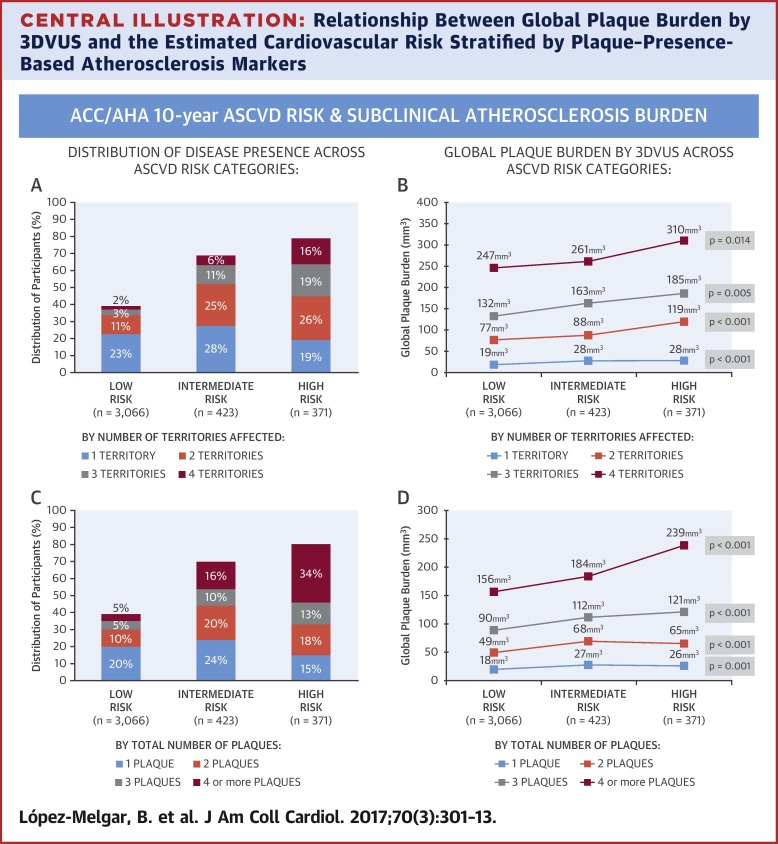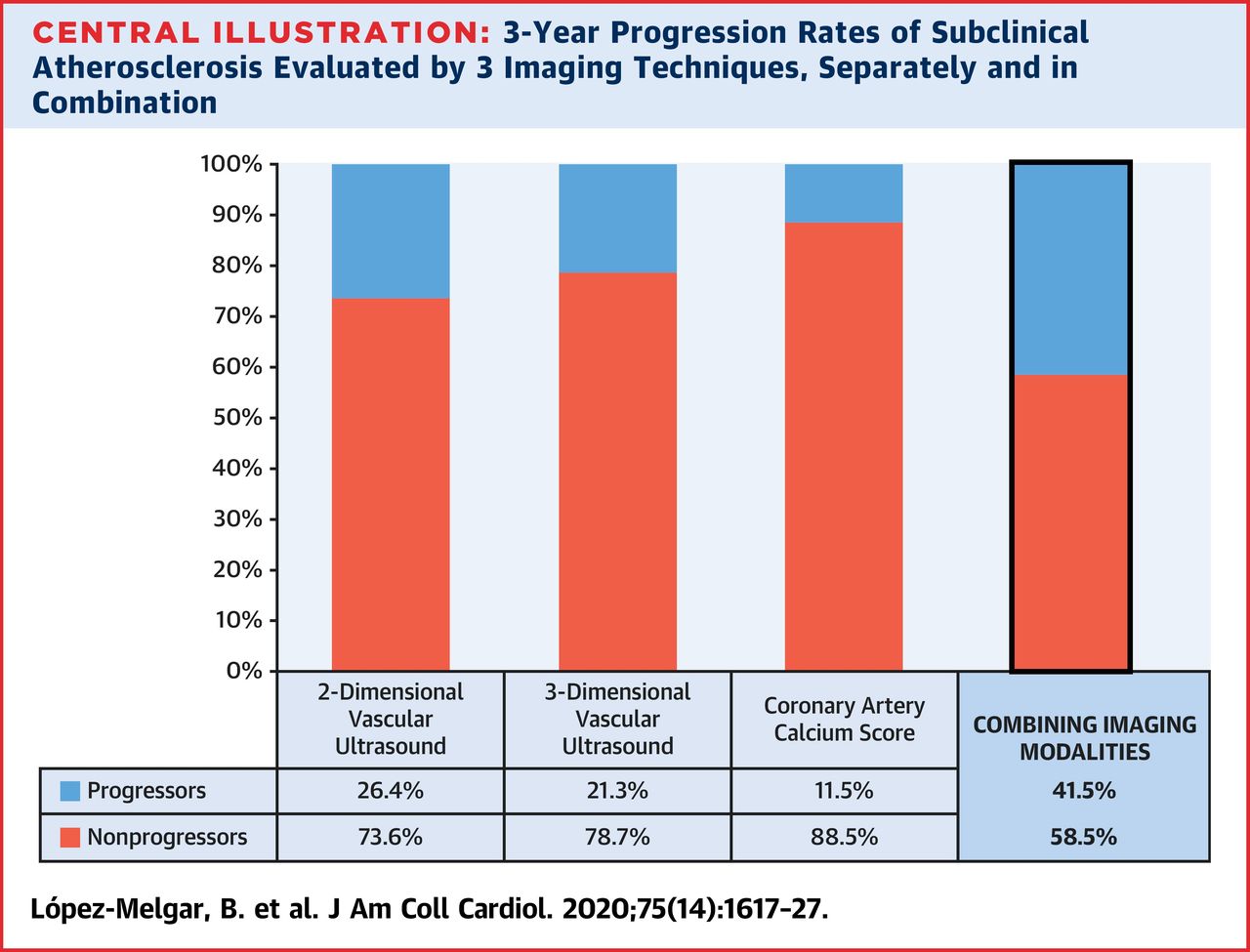
Pre-reading
心血管疾病一级预防指南 & ASCVD - 10年患病风险评估
CBSMD
动脉粥样硬化性心血管疾病(atherosclerotic cardiovascular disease, ASCVD)的一级预防始于风险评估。目前被广泛认可的风险评估工具有:
1. American College of Cardiology - ASCVD Risk Estimator Plus4. Reynolds Risk Scores for men and women
由中国研究团队发布的10年风险预测模型:
10年动脉粥样硬化心血管疾病风险评估可识别高患病风险人群并降低后期需接受他汀或/和降血压药物治疗的可能性。“Use of Risk Assessment Tools to Guide Decision-Making in the Primary Prevention of Atherosclerotic Cardiovascular Disease A Special Report From the American Heart Association and American College of Cardiolog”指出已发布的美国风险评估工具仅适用于与汇总队列方程(pooled cohort equations,PCE)研发过程中涉及的队列人群基线数据所匹配的种族、社会经济地位的人群。为避免临床实践中可能出现的低估或高估患病风险的情况,在熟知现有证据支持的风险评估量化的依据的同时还需了解不同风险评估工具各自的优势和局限性。 尤其应避免将适合一级预防的风险评估工具套用到个体化风险评估及临床决策中,避免的方法请详读“2018 AHA/ACC/AACVPR/AAPA/ABC/ACPM/ADA/AGS/APhA/ASPC/NLA/PCNA Guideline on the Management of Blood Cholesterol: A Report of the American College of Cardiology/American Heart Association Task Force on Clinical Practice Guidelines”。
除了用风险评分体系评估和识别ASCVD风险人群外,非侵入性超声正逐步扩大其在亚临床风险分层中的筛查价值。The PESA研究先后发布了2项此领域的短期及长期预测结果:
1. "Subclinical Atherosclerosis Burden by 3D Ultrasound in Mid-Life:The PESA Study"

2. "Short-Term Progression of Multiterritorial Subclinical Atherosclerosis" 横向比较了2D、3D超声与冠脉钙化评分在3年预测中的价值。该研究认为年龄、性别、血脂异常、高血压、吸烟、家族早期心血管疾病史均可导致动脉粥样硬化的进程,其中血脂异常是最强的且可改变的危险因素。在评估疾病进展与心血管风险的相关性时,需要考虑风险的程度。该研究检测到41.5%明显健康的中年男性和女性存在早期亚临床动脉粥样硬化进程。

拓展阅读《冠状动脉钙化评分对I糖尿病患者罹患ASCVD或CAD的危险预测价》。
Short-Term Progression of Multiterritorial Subclinical Atherosclerosis
JACC | Apr 09,2020
2018 AHA/ACC/AACVPR/AAPA/ABC/ACPM/ADA/AGS/APhA/A...
J Am Coll Cardiol. | Nov 19,2018
Use of Risk Assessment Tools to Guide Decision-Making in the Primary P...
J Am Coll Cardiol. | Dec 04,2018
Predicting lifetime risk for developing atherosclerotic cardiovascular disease...
Sci Bull (Beijing). | Jun 11,2018
Subclinical Atherosclerosis Burden by 3D Ultrasound in Mid-Life: The PE...
J Am Coll Cardiol. | Aug 29,2017
Predicting the 10-Year Risks of Atherosclerotic Cardiovascular Disease in ...
Circulation. | Jun 11,2018